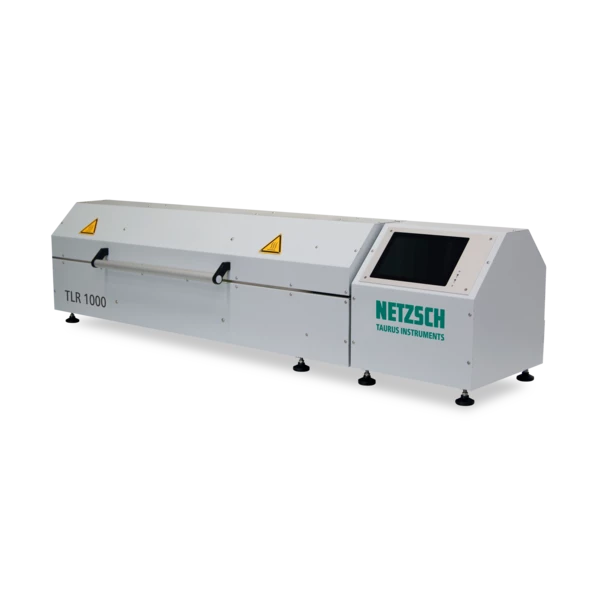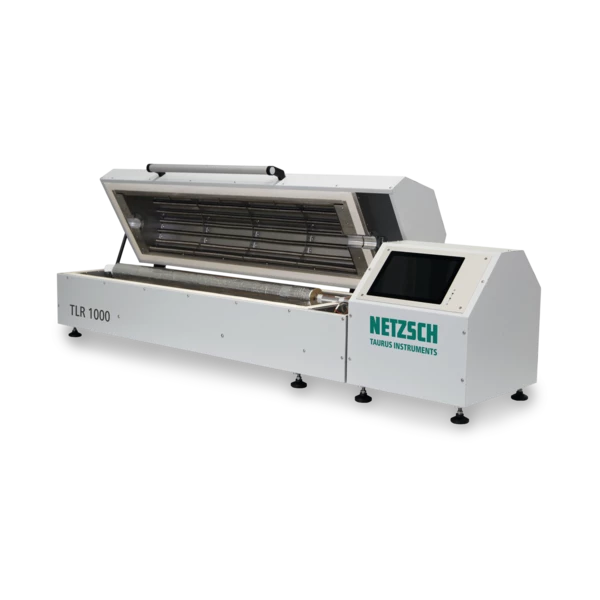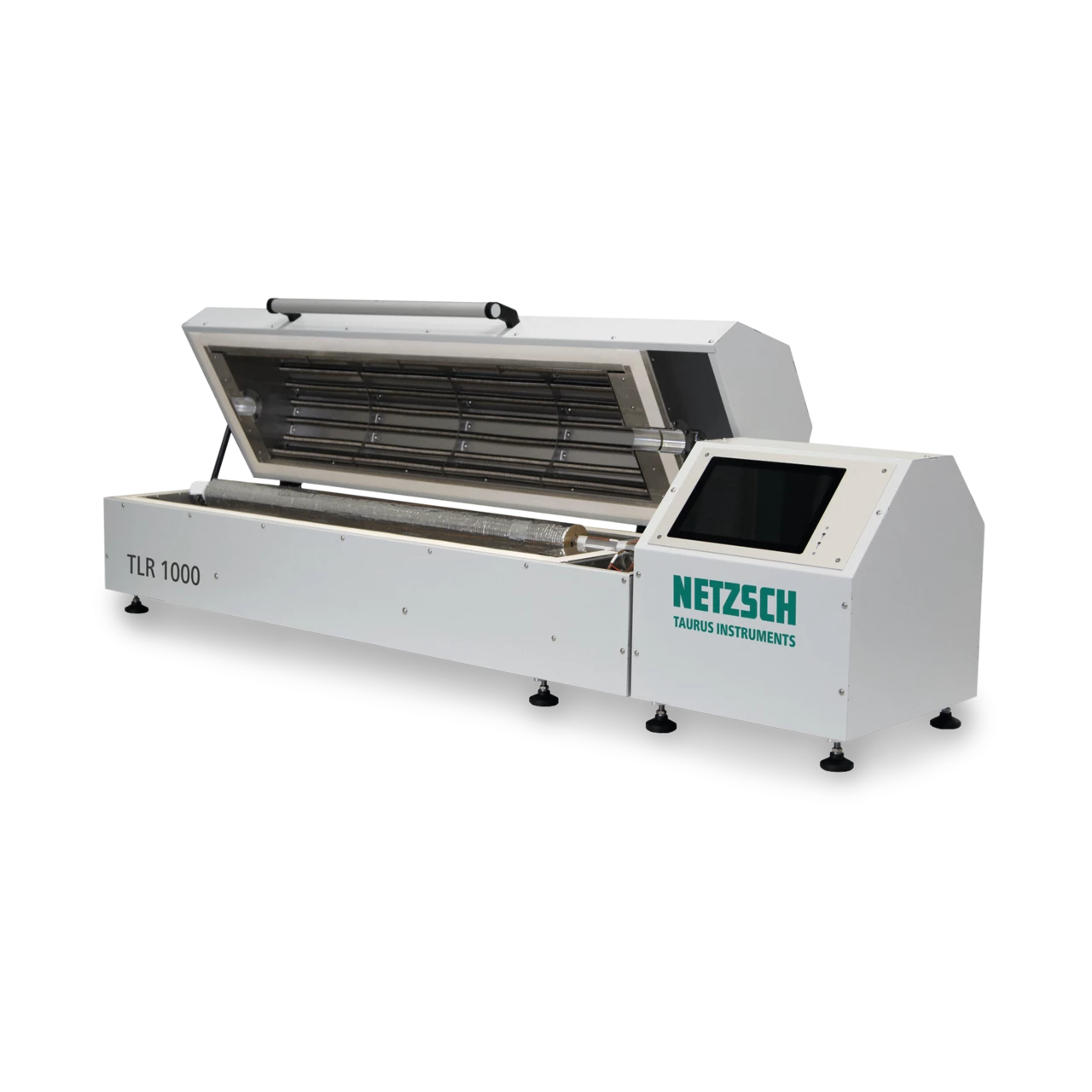Guarded Hot Pipe Tester in Accordance with DIN EN ISO 8497, DIN EN 1946-5, DIN 52613, ASTM C 534, and ASTM C 335
The Absolute Method for Determining the Thermal ConductivityThermal conductivity (λ with the unit W/(m•K)) describes the transport of energy – in the form of heat – through a body of mass as the result of a temperature gradient (see fig. 1). According to the second law of thermodynamics, heat always flows in the direction of the lower temperature.Thermal Conductivity of Pipe Insulations
The use of insulation and building materials with a low Thermal ConductivityThermal conductivity (λ with the unit W/(m•K)) describes the transport of energy – in the form of heat – through a body of mass as the result of a temperature gradient (see fig. 1). According to the second law of thermodynamics, heat always flows in the direction of the lower temperature.thermal conductivity value substantially contributes to protecting the environment. When transferring media (gases or liquids) through pipelines, any thermal energy generated should be prevent from release back into the surroundings. Effective pipe insulation is needed for this.
The Thermal ConductivityThermal conductivity (λ with the unit W/(m•K)) describes the transport of energy – in the form of heat – through a body of mass as the result of a temperature gradient (see fig. 1). According to the second law of thermodynamics, heat always flows in the direction of the lower temperature.thermal conductivity (Lambda, λ) is the property conveying a material's ability to conduct heat and is expressed in W/(m·K). The lower the Thermal ConductivityThermal conductivity (λ with the unit W/(m•K)) describes the transport of energy – in the form of heat – through a body of mass as the result of a temperature gradient (see fig. 1). According to the second law of thermodynamics, heat always flows in the direction of the lower temperature.thermal conductivity of a material, the better its insulating properties. NETZSCH TAURUS Instruments GmbH primarily produces devices for measuring Thermal ConductivityThermal conductivity (λ with the unit W/(m•K)) describes the transport of energy – in the form of heat – through a body of mass as the result of a temperature gradient (see fig. 1). According to the second law of thermodynamics, heat always flows in the direction of the lower temperature.thermal conductivity as well as fire-testing equipment. These include guarded hot plates, HFM (heat-flow meters) and guarded hot pipe instruments for measuring the Thermal ConductivityThermal conductivity (λ with the unit W/(m•K)) describes the transport of energy – in the form of heat – through a body of mass as the result of a temperature gradient (see fig. 1). According to the second law of thermodynamics, heat always flows in the direction of the lower temperature.thermal conductivity of building and insulating materials. All instruments are in accordance with common standards.
Instruments with protected hot pipe are in accordance with DIN EN ISO 8497, DIN EN 1946-5, DIN 52613, ASTM C 534, and ASTM C 335
Features at a Glance
- Fully insulated test chamber, designed for tube specimens with a diameter up to 220 mm
- Reference test pipe optionally available
- Easy sample change from the top
- Measurement precision exceeding the standard (DIN EN ISO 8497) thanks to 16 temperature sensors and two thermo chains between measuring and protection tube
- Operator guidance via touch display with intuitive control by the software
- Network capability


- Control, data acquisition and processing via external PC (Windows operating system) and Lambda software (option) for comprehensive evaluation and printing of measurement protocols
- Numerous interfaces such as RS232, USB and Gigabit Ethernet
- Fully automated measurement
- Variable dimensions of the hot pipe; inner pipe diameter from 18 to 89 mm
- Protected chamber tempered by the cooling system
- Reference test pipe made of rock wool with works calibration certificate
- Hot pipes with extended temperature range

Request a Quote
Technical Data
Temperature range
hot pipe: 20°C to 200°C
Power supply
Dimensions (H x W x D)
Measuring range:
0.001 W/(m·K) up to 0.25 W/(m·K)
Specimen diameter:
inner: 18 mm to 89 mm
outer: 30 mm to 220 mm
Interface:
1x RS 232,1x Gigabit Ethernet, USB
Weight:
118 kg


